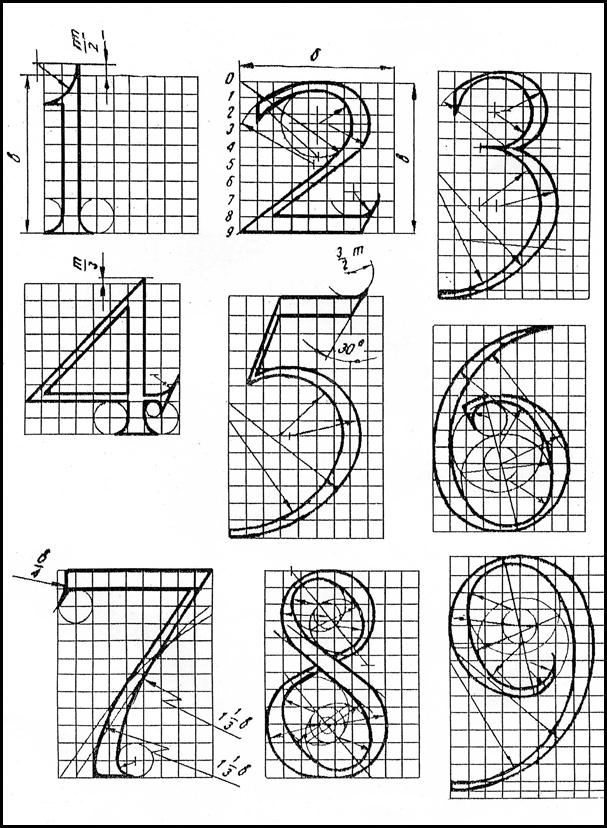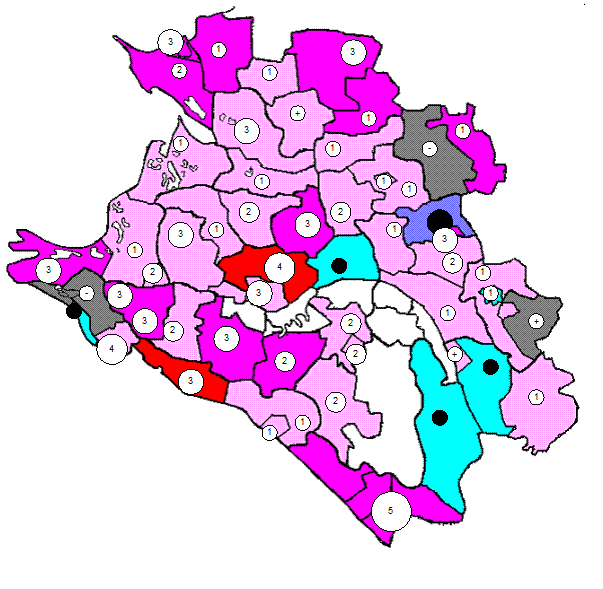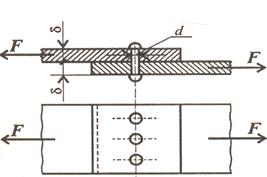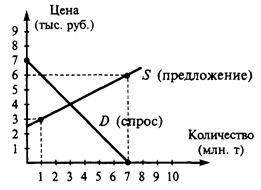Corruption and Remedies against it
During a research recently carried out by TRANSCRIME on corruption in the 15 European Union countries, six main patterns of corruption and different patterns of criminal responses to corruption were outlined: • systematic corruption (Italy, France, Spain and Belgium); • emerging systematic corruption (Germany and Greece); • sporadic corruption (Ireland, Austria and Portugal); • casual corruption (the Netherlands, Finland, Denmark and Sweden); • English corruption (United Kingdom); • managing others' corruption (Luxembourg). With reference to legal responses the main criteria used for this analysis were: a) the definition of the crime of corruption; b) the distinction between passive and active corruption; c) the definition of passive and active subjects involved in the crime of corruption; and d) sanctions. The results show that there is less homogeneity with respect to the definition of the crime of corruption. The differences in definition are related to the fact that corruption takes on different forms in the various European countries, depending on each cultural and social context. It is important to study the cultural background of the various countries in order to discover the constant elements of corruption and thus to adopt the most effective preventive measures. For instance, when referring to «corruption prone environment» in Italy, we are talking about a phenomenon that is deeply rooted in the cultural tradition of Italian society, in the sense that corrupt activities are practised and accepted by normal citizens. The penal codes of the United Kingdom and Germany envisage various levels of corruption crimes (misdemeanours or felonies), according to the position held by the actor. Another distinction is related to the nature of the corruption act, in that it may be linked with, or contrary to the functional role of the actor. In the case of the passive receipt of a bribe by a public official in order to speed up a service for which he/she is competent, the penalty of a fine is envisaged. On the other hand, a public official who authorises the issuance of a licence although this is not under his/her competence, is committing an offence. In Austria (Article 304, paragraph 1), Denmark (Article 144), Finland (Article 40), Germany (paragraph 332), the Netherlands (Article 363) passive corruption involving abuse of the public function is punished with a higher penalty than in the case of corruption that does not involve the abuse of a public function. As far as the actual moment of the commission of the corruption crime is concerned, there are no major differences. What matters is the collusive agreement, in the sense that the corruption is perfectioned when the passive actor does not expressly refuse the advantage offered to him. The fact that the promise is really maintained is not relevant for the purposes of the commitment of the offence. According to German, Austrian, Greek and Danish legislation, the legal interest that is protected by the corruption law is violated by the simple collusive agreement. The legal authority has only to prove the abstract relationship between the illegitimate advantage and the performance or violation of the public function. Passive corruption involves the commission or omission of an act on the part of the passive actor. With respect to an analysis of the sanctions, it can be noted that almost all countries envisage more severe sanctions for passive corruption since the beneficiary of the bribe holds a public office and therefore represents the state institutions. On the other hand, the same sanctions are envisaged for both the corrupter and the corrupted person in Italy, Portugal, Finland, Greece and Sweden. The penalties that are traditionally envisaged by all the countries studied are pecuniary sanctions and incarceration, the minimum and maximum duration of which vary noticeably from one country to the other. The Netherlands and Portugal inflict the mildest sanctions for corruption crimes, with three and six months of imprisonment respectively. In addition to the traditional sanctions, several countries envisage additional sanctions. In Finland, Sweden and Greece the authorities can confiscate illicit proceeds and, in some cases, inflict disciplinary measures such as dismissal from work. If the profits gained from corruption cannot be found, the Romanian penal law imposes the payment of a sum equivalent to the benefit received on behalf of the corrupted person. In the Russian Federation and Ukraine alongside the confiscation of illicit proceeds, conspicuous parts of the condemned person's patrimony are requisitioned. Austria, Finland, also envisage more severe penalties in the case of aggravating circumstances. In Austria, a circumstance is aggravated if the bribe is higher then a particular sum of money, while in Finland an «outstanding» amount of money must be involved. In the remaining four countries mentioned above, recidivist behaviour, the involvement of conspicuous sums of money, the corruption of experts, provocation, extortion and the particular role held by the passive actor, are considered aggravating circumstances. Several countries also envisage exceptional circumstances in addition to the aggravating circumstances. Austria and Denmark, for example, tolerate the payment of small sums for anniversaries.
|




